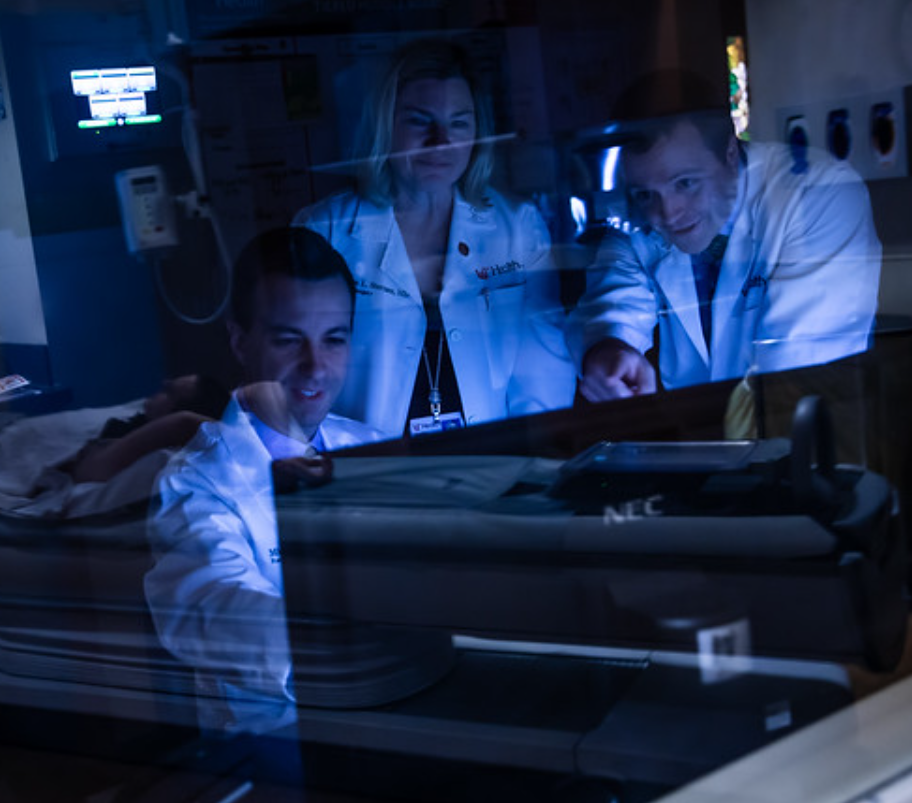One way that we offer hope to our patients is through cancer screenings for early detection and prevention of cancer.
Cancer screenings are a beacon of hope in the early detection and prevention of cancer, representing a vital opportunity to confront the disease before it advances. These screenings, including mammograms for breast cancer and colonoscopies for colorectal cancer, stand as indispensable tools in our collective fight against cancer. The significance of undergoing cancer screening is profound, offering a chance to discover cancer at an early, more treatable stage. Embracing these screenings can be a life-saving decision, providing peace of mind and a path forward in the journey to health and well-being. The American Cancer Society and the National Cancer Institute underscore the value of regular screenings in reducing the overall impact of cancer on individuals and communities. By catching cancer early, screenings not only save lives but also reduce the need for extensive and often debilitating treatments. Furthermore, cancer prevention through screenings is a key strategy in the fight against this disease, empowering individuals to take proactive steps toward their health.
As we explore the various types of cancer screenings at the University of Cincinnati Cancer Center, it's important to remember that each screening test is a critical step forward in cancer care. Whether it's a Pap test for cervical cancer, a mammogram for breast cancer, or a low-dose CT scan for lung cancer, these screenings embody our collective efforts in disease control and prevention. Embracing regular cancer screenings is a crucial aspect of modern healthcare, providing a clear path to early detection and intervention. Cancer screenings significantly increase the chance of successful treatment and recovery.



